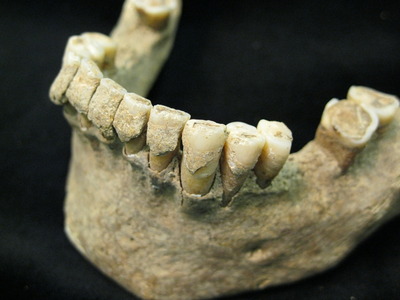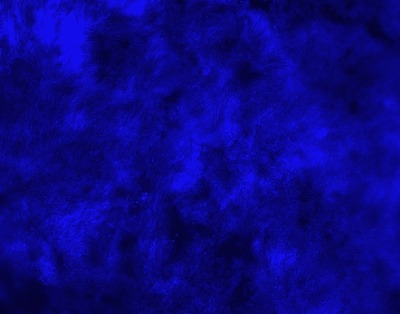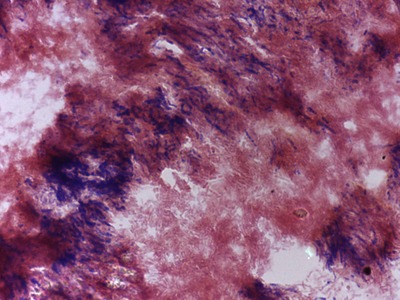'Microbial Pompeii' found on 1000-year-old teeth
Dental calculus (plaque) on the teeth of 1000-year-old skeletons has preserved bacteria and microscopic particles of food, effectively creating a mineral tomb for microbiomes that has been unearthed by an international team of researchers.
Unlike bone, which rapidly loses much of its molecular information when buried, dental calculus grows slowly in the mouth and enters the soil in a much more stable state, helping it to preserve biomolecules. This enabled the researchers, led by Dr Christina Warinner of the University of Zürich and the University of Oklahoma, to analyse ancient DNA that was not compromised by the burial environment.

“Dental calculus acts both as a long-term reservoir of the oral microbiome and as a trap for dietary and environmental debris,” Dr Warinner explained. “This allows us to investigate health and disease, as well as reconstruct aspects of an individual’s life history and activities.”
The study into ancient oral microbiome ecology and function, led by the University of Zürich, the University of Copenhagen and the University of York, involved the contributions of 32 scientists at 12 institutions in seven countries. The researchers applied shotgun DNA sequencing to dental calculus, reconstructed the genome of a major periodontal pathogen and produced possibly the first genetic evidence of dietary biomolecules to be recovered from ancient dental calculus.

“We report the first, to our knowledge, high-resolution taxonomic and protein functional characterisation of the ancient oral microbiome and demonstrate that the oral cavity has long served as a reservoir for bacteria implicated in both local and systemic disease,” the researchers wrote in the journal Nature Genetics.
The study will help in understanding the origins of periodontal disease, which causes distinctive proteomic changes in the dentition and is characterised by chronic inflammation resulting in tooth and bone loss. Today, moderate to severe periodontal disease affects more than 10% of the world’s population and is linked to diverse systemic diseases. It had been speculated that the disease results from modern human lifestyles, yet the researchers found that it is caused by the same bacteria today as in the past, despite major changes in human diet and hygiene.

The researchers also discovered that the ancient human oral microbiome already contained the basic genetic machinery for antibiotic resistance more than 800 years before the invention of the first therapeutic antibiotics in the 1940s. As well as health information, the scientists recovered dietary DNA, allowing the identification of dietary components, such as vegetables, that leave few traces in the archaeological record.
“Dental calculus is a window into the past and may well turn out to be one of the best-preserved records of human-associated microbes,” said Professor Christian von Mering, an author of the study and group director at the SIB Swiss Institute of Bioinformatics.
Professor Matthew Collins of the University of York added: “We knew that calculus preserved microscopic particles of food and other debris, but the level of preservation of biomolecules is remarkable. A microbiome entombed and preserved in a mineral matrix; a microbial Pompeii.”
Blood test for chronic fatigue syndrome developed
The test addresses the need for a quick and reliable diagnostic for a complex,...
Droplet microfluidics for single-cell analysis
Discover how droplet microfluidics is revolutionising single-cell analysis and selection in...
PCR alternative offers diagnostic testing in a handheld device
Researchers have developed a diagnostic platform that uses similar techniques to PCR, but within...



